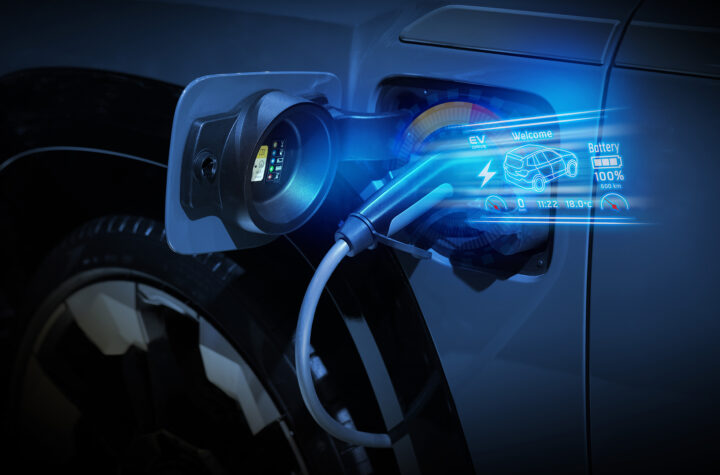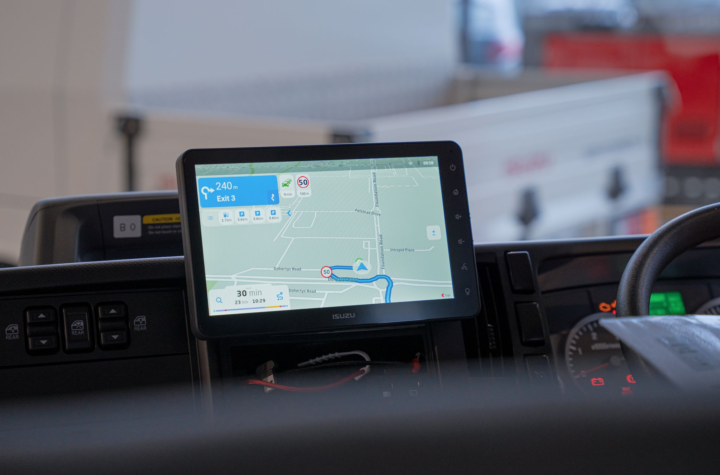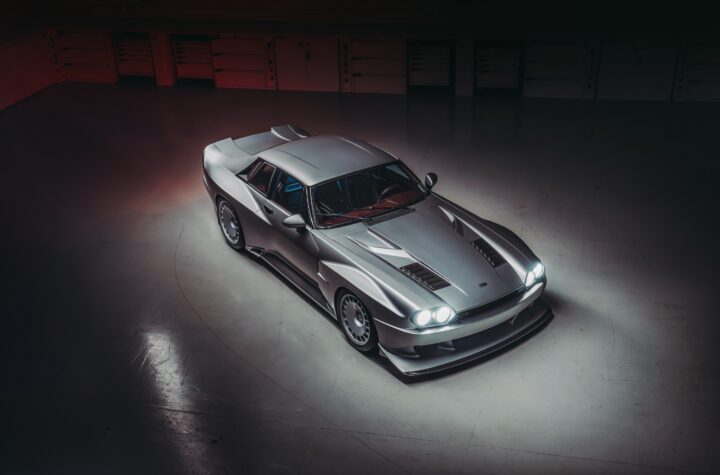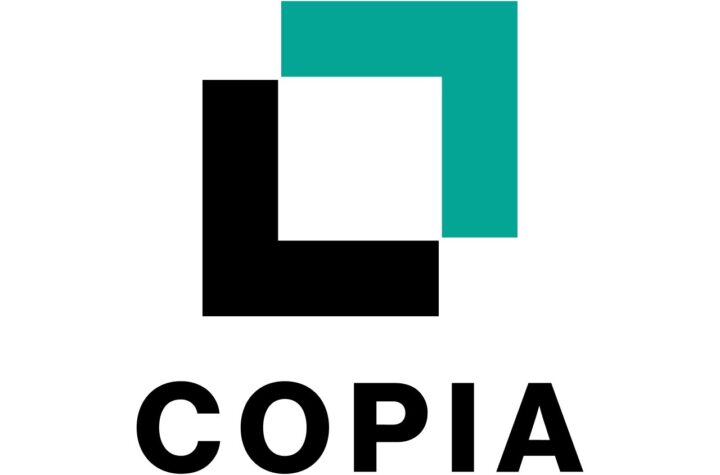

“Vehicle electrification offers us a unique growth opportunity, and some examples of these new applications can be seen in our high-performance housing materials used in battery systems and charging stations.”
Major motor manufacturers, governments and other organizations have announced their deeper commitments to a future of e-mobility, and some predict that 10% of the world’s cars will be powered electrically by 2020.
Much effort is being directed to improving the performance and life of batteries, but innovative materials hold an additional key to unlocking the potential. Plastics will play a big part in this mix due to their light weight, efficiency, durability, and appearance. One company active in this area is Bayer MaterialScience, which believes the percentage of polymer materials in automotive applications will rise from 15% today to at least 25% by 2020. This increase will come from the use of more lightweight materials in construction, and from automotive manufacturing advances which are producing better quality components, as well as improved safety and comfort.
Bayer MaterialScience expects the percentage of plastics in automotive applications will rise because of the composition of new features such as advanced driver assistance systems, cameras, sensors and features for pedestrian safety in conventional and e-vehicles. The rise will not come only through the incremental introduction of innovative materials and applications. Moves to e-mobility, the company says, will automatically see an increase in the use of plastics. It predicts that e-vehicles will not need the metal used in today’s conventional engines, gearing mechanisms and exhaust systems, for example. This automatically increases the percentage of plastics, independent of their increased use through other innovative applications in e-vehicles.
Based in Germany, with 30 production sites across the globe and nearly 15,000 employ¬ees, Bayer MaterialScience focuses on the manufacture of polymer materials and the development of sustainable solutions for products used in various industries. Its automotive materials are used in com¬posite underbodies, roof modules, load floors, exterior body panels, window glazing, headliners and interior compo¬nents. Bayer MaterialScience is commit¬ted to e-mobility through its development of high-performance housing materials for battery systems and charging stations. Insulation solutions from the company help reduce heating and cooling loads in e-vehicles. It also supplies a range of flame-retardant polycar¬bonate blends, crash-absorbing polyurethane struc¬tural foams, and carbon-fiber composites in battery systems.
Chief executive officer of Bayer MaterialScience’s since 2007 is Patrick Thomas, who is also president of the European plastics manufacturers association PlasticsEurope, and chairman of the steering committee of the Oxford University Business Economics Programme.
Automotive Industries (AI) asked him what role he sees Bayer MaterialScience playing in the electric mobility arena.
Thomas: Electric mobility fits together perfectly with the energy efficiency theme we are addressing at Bayer MaterialScience. Vehicle electrification offers us a unique growth opportunity, and some examples of these new applications can be seen in our high-performance housing materials used in battery systems and charging stations.
AI: What are some of the challenges facing automakers in the electric vehicle sector?
Thomas: Even though EVs are clearly superior to conventional cars in powertrain efficiency – more than 90% compared to 22% – their energy source cannot compete yet with fuel in energy density. Our insulation and lightweight solutions can help to maximize the energy available for driving by reducing heating and cooling loads, or increase the capacity of the battery installed by compensating battery weight.
AI: What role do polycarbonates have in the battery system?
Thomas: Charging infrastructure is generally recognized as being one of the key areas that needs attention before EVs become widely accepted. Here, Bayer MaterialScience offers different polyurethane and polycarbonate material grades covering a broad field of charging station housing applications, from the wall-box in your private garage to the charging column in a public area.
AI: Tell us a little about your e-mobility research.
Thomas: We want to be a solution provider to the global automotive industry – that’s why we are focusing on the automotive industry as a whole, covering all degrees of drive train electrification – ICE, HEV, PHEV, BEV and FCEV. Most of our solutions can be applied to non-EVs as well, contributing in various ways to fuel savings.
AI: How has this translated into e-mobility product development?
Thomas: The higher the degree of vehicle electrification, the more relevant the impact of heating and cooling loads becomes. This is because there is no longer waste heat/power from the internal combustion engine, and energy taken from the traction battery heavily shortens driving range. That’s why we are developing thermal management solutions such as polyurethane insulation foams and polycarbonate glazing – very similar to existing approaches in, for example, buildings and refrigerators.
AI: What breakthroughs can we expect soon?
Thomas: One thing about breakthroughs is that you don’t know about them before they happen. A potential candidate currently being discussed in the industry is carbon-fiber reinforced plastics (CFRPs). In the past, the use of this ultra-lightweight composite material has been limited for cost reasons. With polyurethane, we are offering a fast-curing resin material that could help to reduce cycle times and therefore production costs. This represents an interesting alternative to the current epoxy material and production process.
“We want to be a solution provider to the global automotive industry – that’s why we are focusing on the automotive industry as a whole, covering all degrees of drive train electrification.”














More Stories
Irdeto and ChargeHub Strengthen EV Charging Market with Seamless Plug & Charge Integration and Roaming Solution
Isuzu Trucks in Australia Drive with Sygic’s Embedded Navigation
Global Debut for TWR V12 Super-GT “Supercat”